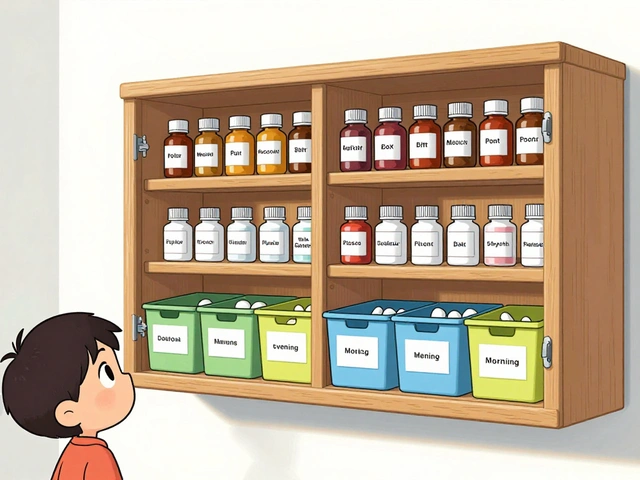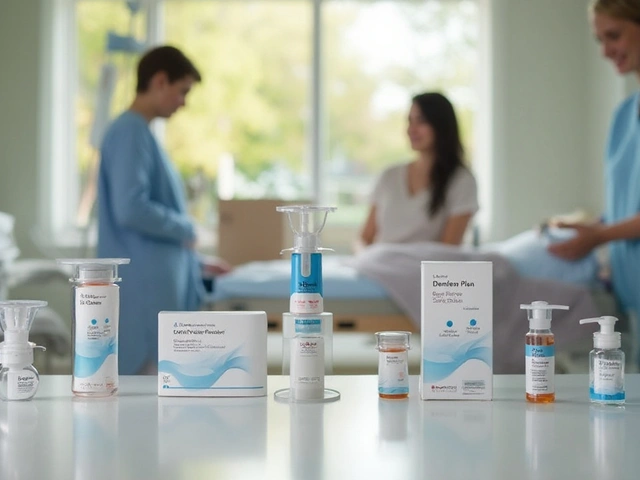Novel Drug Combinations: What You Need to Know
Pairing medicines can solve problems a single drug can't. New combos — whether two prescription drugs, a drug plus a supplement, or a targeted biologic with a statin — can improve outcomes, cut side effects, or replace older treatments. But 'novel' also means fewer real-world tests. That makes knowing the risks and how to check them essential.
Why clinicians try new combinations
Doctors may combine drugs to boost effect (for example, adding ezetimibe or a PCSK9 inhibitor to a statin for cholesterol) or to replace a medicine that caused harm. Combinations can lower the needed dose of each drug, reducing some side effects. In infections, using two antibiotics can stop resistant bacteria. For mental health, pairing agents may target different symptoms. Still, each benefit comes with trade-offs and monitoring needs.
Common risks and real examples
Mixing drugs can cause unexpected side effects, reduced effectiveness, or dangerous interactions. For instance, combining sedating medicines like pregabalin (Lyrica) with an SSRI such as sertraline (Zoloft) may increase drowsiness and require closer monitoring. Antiretrovirals like didanosine have known interactions that can change how other drugs are processed. Some combos raise bleeding risk, others affect heart rhythm or liver enzymes.
On this site you'll find articles that dig into specific pairs — drug alternatives, interaction guides, and safe prescribing tips. Those posts are practical: they explain what to watch for, when to stop a drug, and when to talk to your prescriber.
Before trying a new combo, run a simple checklist: who prescribed it, what each drug does, how they’re cleared by the body (kidney or liver), and whether any over-the-counter supplements could interfere. Use a pill interaction checker or ask a pharmacist if you’re unsure.
If you or a loved one is starting a novel combo, consider these steps: request a clear reason for the pairing, ask about expected side effects and warning signs, get baseline tests (blood pressure, liver tests, ECG if needed), and set a follow-up plan. Start low and go slow when dose adjustments are possible.
Where to get reliable info? Favor trusted sources: FDA drug labels, professional guidelines, peer-reviewed journals, and pharmacists. Avoid random online sellers or forums that promise miracle results without data. If a combination involves online-purchased meds, verify prescriptions and site legitimacy first.
Novel drug combinations can be powerful tools when used carefully. They need clear goals, monitoring, and honest conversation between you and your health team. If something feels off after adding a medicine, speak up fast — small problems caught early are usually easy to fix.
In my latest research, I delved into the future of Erlotinib, a drug primarily used for treating lung and pancreatic cancers. Exciting developments are on the horizon, with the potential for this drug to be combined with others for enhanced effectiveness. These novel drug combinations could revolutionize treatment options and outcomes for patients. Moreover, new indications for Erlotinib are being explored, broadening its potential use beyond the current known cancers. This could be a game-changer in the field of oncology.




